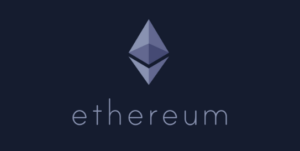Fiat money, a term often heard in financial discussions, plays a crucial role in everyday transactions. Fiat money is currency that a government has declared to be legal tender, and its value is derived from the trust people have in the governing authority’s ability to honor it as a medium of exchange.
One of the defining features of fiat money is that it has no intrinsic value, unlike precious metals such as gold or silver. Instead, its value is purely symbolic and is based on the stability and credibility of the issuing government. This distinction sets fiat money apart from commodity money, which derives its value from the material it is made of.
Governments issue fiat money through their central banks, which have the authority to regulate the money supply and implement monetary policies. This ability to control the money supply is seen as a tool to manage inflation, stimulate economic growth, and stabilize financial markets.
The value of fiat money is often backed by the full faith and credit of the government issuing it. This means that the government guarantees the value of the currency and promises to accept it for payment of taxes and other financial obligations. This backing provides a level of assurance to users of fiat money that it will retain its value over time.
Unlike physical commodities like gold or silver, which have inherent limitations on their supply, fiat money can be easily produced by central banks. This flexibility allows governments to adjust the money supply as needed to respond to economic conditions, such as recessions or inflationary pressures.
Critics of fiat money point to its potential drawbacks, including the risk of inflation and the possibility of government abuse in manipulating the money supply for political purposes. However, proponents argue that the flexibility and stability provided by fiat money have been instrumental in supporting modern economies and facilitating transactions on a global scale.
In today’s digital age, fiat money has evolved beyond physical cash to include digital forms of payment, such as debit cards, credit cards, and electronic transfers. With the rise of cryptocurrencies like Bitcoin, some have questioned the future role of fiat money in a digital economy.
Despite these challenges, fiat money remains a fundamental component of the global financial system. Its widespread acceptance and use in everyday transactions underscore its importance as a medium of exchange and store of value. As long as governments continue to uphold their commitments to honor and protect the value of their currencies, fiat money is likely to remain a cornerstone of the modern economy.

